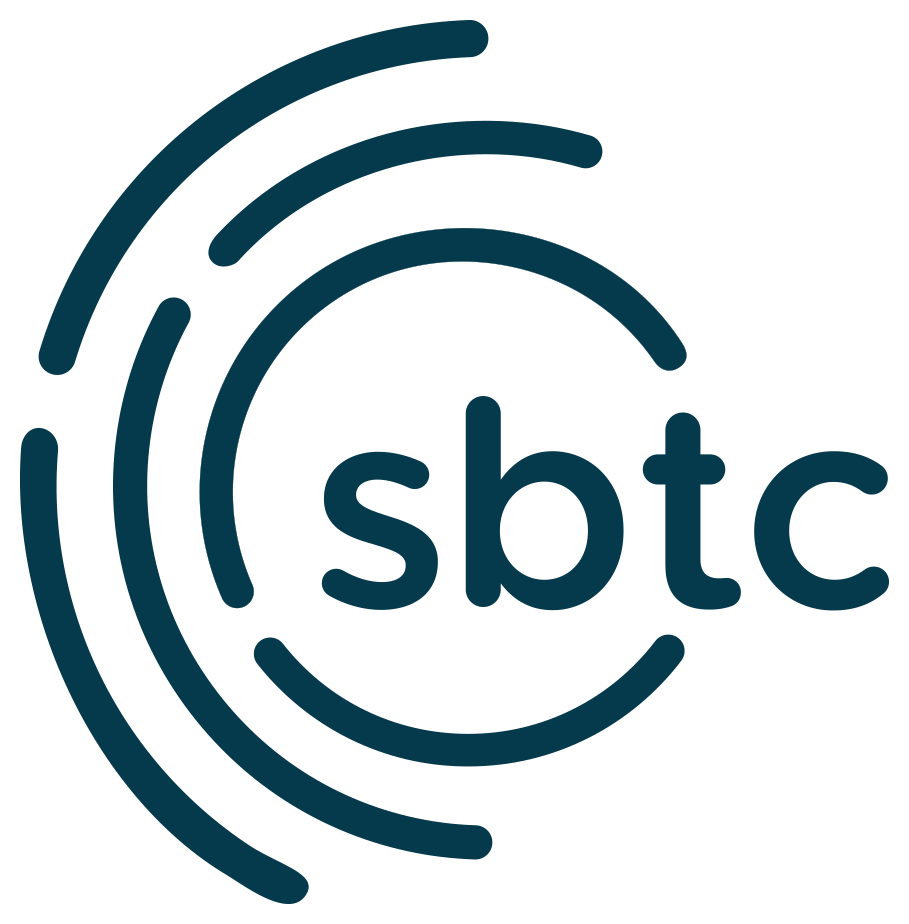I remember the precise moment I realized something needed to change in our college ministry.
My wife and I gathered with our leaders at the end of the spring semester in 2018. We asked our leaders to share stories of what God had done over the past year.
Then I asked them a dangerous question: “What’s one thing you wish we had done better over the last year?”
Immediately one guy answered, “My small group Bible study is going great. I’ve had 8-10 guys show up in my apartment weekly, and we have a good time and study the Bible together, but I feel like if I talked to them about their sin, it would just be weird.”
That statement hit me like a punch in the gut. It was the moment I realized my entire discipleship strategy had a major hole. We had no place where we were calling students to hear the voice of the Lord and respond in obedience.
I was left with the question—How should I evaluate our disciple-making process?
Over the next few months, I made many phone calls and read as much as I could. I felt that until I could define what was missing from our ministry, I wasn’t ready to lead change.
In that process, we discovered the book Building a Discipling Culture by Mike Breen. Breen details an explanation of how people learn to be disciples, helping me put my finger precisely on the holes within our disciple-making process.
How do people learn?
At its core, discipleship means following Jesus. Jesus himself was a rabbi, a teacher. He taught others a new way of life. Of course, his authority was different than any other rabbi as he was the Son of God. As the Son of God, Jesus is the perfect teacher. As Breen points out, we see Jesus teaching through the three different avenues of human learning.
Information
The first avenue of learning is information. Someone teaches us the information we need to know, most often through spoken or written word. This is our default in America, where virtually all our time from age five to 22 is spent in a classroom setting. We see Jesus using information throughout his ministry. He addressed the crowds with sermons. He taught his disciples deeper truths. Information is necessary, but information alone is not enough.
Imitation
Thus, Breen points out, second way we learn is by imitation. We need someone who can not only give us the facts but who can show us what the facts look like. When I was first learning how to serve a tennis ball, I needed someone to show me how to hold and swing the racket. Then I needed to practice it, imitating my coach until I felt comfortable and competent enough to do it myself. Jesus also taught by imitation. In modern American churches, we sometimes forget that Jesus spent 90 percent of his time for three years with the twelve disciples. He didn’t just tell them truths; they watched him live his teachings for three years.
Immersion
Breen shared a final way people learn is through immersion. The key to learning by immersion is that the learner must have access to the culture they wish to be shaped by. If you study a language, the quickest way to learn the language is to immerse yourself in a culture that speaks it. When you’re immersed, you pick up things without even realizing it. Jesus’ goal wasn’t just to teach; he was building a new kingdom with its own kingdom culture. As he discipled the twelve, he created a new culture. In turn, those twelve brought others with them, walking with them as Jesus did, immersing them in the new kingdom culture that they lived together.
Applying these principles to your ministry
Back to that moment three years ago. In the wake of my “something needs to change moment,” I used these three things as a lens to view my ministry. Here’s what I saw:
- Information: We had plenty of outlets for people to attend to get more information about God and the Bible—Sunday School, Sunday worship, college midweek worship, countless small group Bible studies, learning cohorts, seminar-style opportunities.
- Imitation: Our ministry had zero opportunities for imitation. I could think of almost no instances where I saw college students imitating others in their walk with Christ. Occasionally I would see life-on-life discipleship happen, but not because of anything we intentionally did as a ministry.
- Immersion: Our students were not immersed in a culture of discipleship. Our culture was that church is something you attend while the minister makes disciples.
In the end, I recognized that we weren’t actually making disciples as Jesus did. We were 96 percent information, 3 percent imitation, and 1 percent immersion. We taught a lot of good, true things, but no one was walking with college students to show them how to live these truths out in daily life. As a result, we lacked a disciple-making culture.
From an honest evaluation to a vision for the future
These three principles of learning can help you honestly assess your ministry reality. We concluded that we needed to create space for organic, reproducible discipleship.If you apply these principles to your ministry, you might find different answers. Perhaps your ministry is great on relationship but weak on biblical knowledge. Consider creating space for deeper biblical teaching.
Maybe you do well at teaching and relationships, but your ministry culture feels haphazard. If that’s the case, your next step could be developing tools to use throughout your discipleship process. Either way, a frank assessment of your disciple-making reality lets you identify your trailhead to a new future. Look to the ministry of Jesus, reflect on these principles and go out and equip college students to make disciples.







